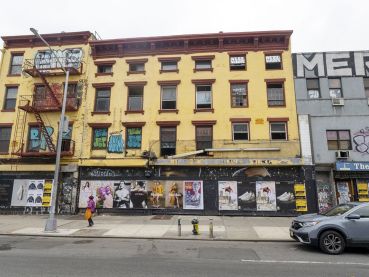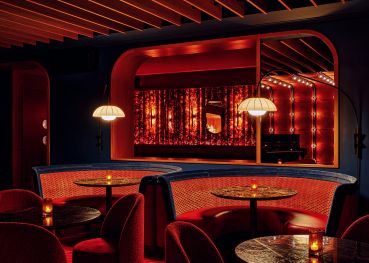How COVID-19 May Shape the Future of Buildings
By Mariana Circiumaru May 7, 2020 6:34 pm
reprints
Buildings are evolving over time. In most cases, what has triggered changes is a desire to make buildings more durable, taller, energy-efficient and with an interior environment that’s better controlled.
Over the years, unfortunate events have affected the way we design, construct and use buildings.
Before the 20th century, fires were major hazards to urban areas and in 1808 the Royal Opera House in London was destroyed by one. As a result, in 1812 the architect William Congreve designed and installed the first fire sprinkler system at the Theater Royal in London. Nowadays in the U.S. and Canada, local codes require that mandatory fire protection systems be installed in all buildings.
After September 11, the threat of terrorist attacks changed the way we enter certain buildings. Specific measures were taken, such as checkpoints for ID verifications and the installation of metal detectors and use of surveillance cameras to increase the safety of building occupants (or for travelers in case of the construction and management of airports).
More recently, we saw how Hurricane Sandy influenced how flood-zoning maps were re-configured and how buildings constructed in low land elevations are now equipped with flood barriers and protections destined to be activated during extreme weather events.
Today, the world is facing a new and unprecedented challenge: the impact of the COVID-19 pandemic. The consequences for global health and economy are huge and they may stay with us for years to come. Humans will need to adapt to new rules and regulations; there will be behavioral changes and these will transpose into how we will design new buildings and retrofit existing structures. The buildings and their systems will need to adapt in order to mitigate the risk of infection and virus spread, and to not only stop the pandemic but also to avoid future viruses’ outbreaks and disasters.
In the pre-COVID-19 era, the trends in development and construction focused on configuring spaces to allow for communal use where people take breaks from work and socialize, or meet to collaborate and work together.
Priorities pre-COVID-19 were targeted for gentrification and densification of buildings that promoted human interaction, wellness, mental health and physical fitness, along with higher goals for constructing the structures using “green” materials and technologies and energy-efficient buildings with reduced carbon emissions.
During the COVID-19 crisis, the entire world has imposed new rules and regulations for preventative measures. Several countries and some states in the U.S. — including New York, Massachusetts, Connecticut, Oregon, and Wisconsin — mandated complete lockdowns, with the exception of essential services. New discoveries and studies are being developed and published daily but the unknown still poses a great risk.
Some questions need answers that may impact our use of buildings going forward:
Does our “work from home” experiment alter the future demand for office space?
Will some city dwellers exit the big cities to find shelter in the suburbs?
Does densification matter? If we continue to implement a 6-foot social distancing policy, which is the equivalent of 1 person per 36 square feet, in case of retail occupancy, this means that we are reducing use to half the number of people otherwise allowed in a retail space per current codes.
Can the virus be transmitted by airflow in buildings via HVAC systems?
Recent studies determined that the infection is transmitted not only via large droplets from cough and sneezes but also by smaller airborne droplet nuclei. Droplet nuclei are basically evaporated pathogenic fluid that is small enough and light enough to be carried by air currents and inhaled by people.
Can we research devices that measure particulate matter in the air, that establish thresholds for quantities of viral particles and then activate systems for air filtration and air purification?
Will washing stations or sanitation stations be required beside every doorknob?
Would touchless devices activated by motion sensors, voice activation or face recognition operate the doors and elevator call buttons and any dispensers?
Will new protocols and signage be established and implemented?
What will be the short-term and long-term, permanent changes after the crisis?
Building owners need to make wise decisions. Their properties must offer safe and healthy environments for all the users of the building: employees, tenants and visitors. Landlords must think of how to change the landscape, to alter strategies, and not only to adapt to the new situation created by COVID-19, but to take bold actions that protect all end-users, as well as with the investors and stakeholders.
Mariana Circiumaru is Head of U.S. Construction at BentallGreenOak


